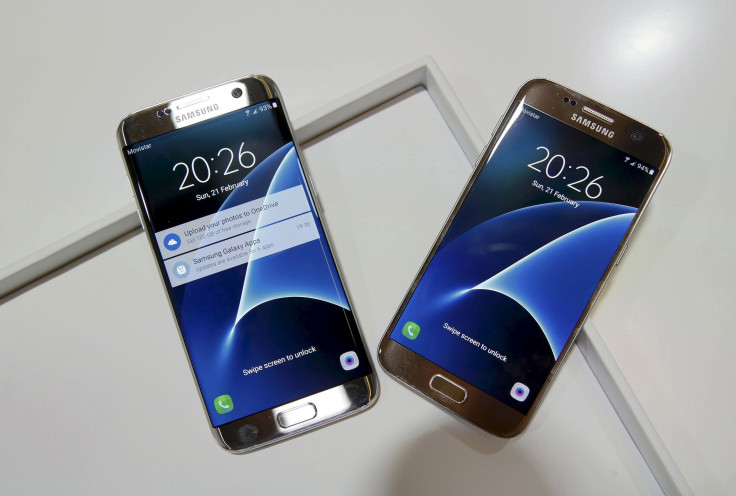Samsung Galaxy S7 Edge vs HTC 10: Battery performance review and comparison

Battery performance is one of the main factors consumers consider when buying smartphones, that’s why most premium flagships equip potent batteries. The Samsung Galaxy S7 Edge and HTC 10 are no different as the two frontrunner devices can take the heat of burdensome tasks. Let’s see which of the two flagships can outlast the other in a battery performance test.
Samsung Galaxy S7 Edge – Battery specs and features
The 5.5-inch Samsung Galaxy S7 Edge can deliver more than three days of music play or over a whole day’s worth of talk time thanks to its powerful 3,600 mAh non-removable lithium-ion cell. A whole day of normal to heavy usage can still leave about 25 percent to 35 percent of the battery’s life. With the help of Android Marshmallow’s Doze feature, the Samsung flagship only munches approximately two percent of battery life when the device is not used for about eight hours.
The Samsung Galaxy S7 Edge is an exceptional standby handset, but running resource-heavy apps like graphic-intensive games can bring down the battery level pretty rapidly. The Galaxy S7 Edge can be fully charged in only 90 minutes of plug time using the packaged power adapter. Samsung also boosted its smartphone with wireless charging support.
HTC 10 – Battery specs and features
The HTC 10, on the other hand, packs a 3,000 mAh non-removable lithium-ion battery. That kind of is sufficient for a handset with a 5.2-inch Super LCD5 capacitive touchscreen display. The smartphone can provide 27 hours of phone calls or roughly 19 days of standby time.
With reasonable use, the HTC flagship can easily last a whole day. Only about four percent of the phone’s battery is consumed when it’s not used overnight, which is trivial at the least. While the HTC 10 lacks the wireless charging capabilities of the Samsung Galaxy S7 Edge, it makes up for the deficiency with its Quick Charge 3.0 feature, which allows the HTC phone to reach the 100 percent battery mark in less than an hour of charging.
“Pokémon Go” battery test
When TechRadar put the Samsung Galaxy S7 Edge and the HTC 10 to a battery endurance test using the popular “Pokémon Go” game, the Samsung smartphone blew the competition. The two flagships were left to drain away under similar gameplay settings: on full glow, no additional background programs running, on same Internet connection and with GPS turned on.
The HTC 10 had no power left after only three hours and 15 minutes of “Pokémon Go.” Meanwhile, the Samsung Galaxy S7 Edge had 40 percent remaining battery life with the same runtime. The S7 Edge still had four percent to spare after five straight hours of gameplay.
RELATED STORIES:
Old Nokia 3310 vs New Nokia 3310: What’s the difference
Apple iPhone 7 vs Huawei P9 camera comparison: What sets them apart [VIDEO]






